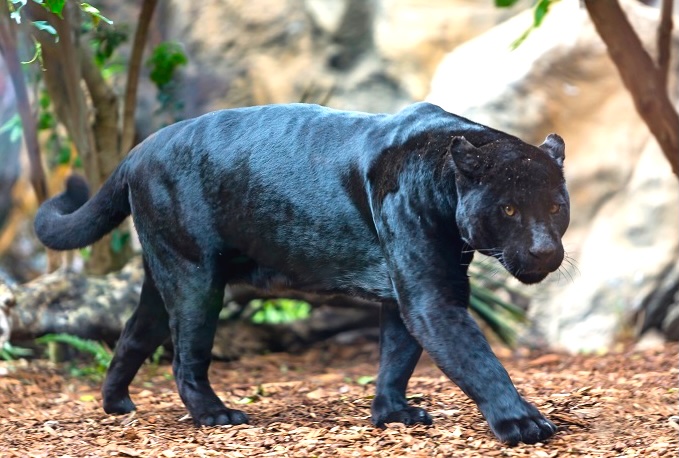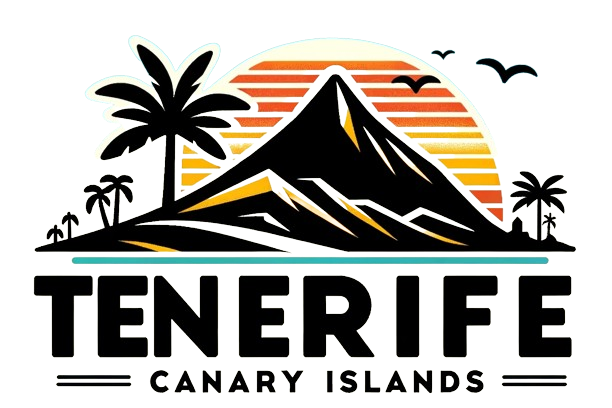Tito the Black Jaguar Joins Loro Parque’s Conservation Efforts
Loro Parque, a renowned wildlife park located in Tenerife, has recently welcomed Tito, a 12-year-old black jaguar, into its extensive conservation program. Tito has made the journey from the Hodonín Zoo in the Czech Republic and is now an integral part of the European Endangered Species Programme (EEP). This initiative not only highlights the park’s commitment to wildlife conservation but also emphasizes the importance of protecting species that are currently under threat, such as the jaguar (Panthera onca), which is classified as Near Threatened by the International Union for Conservation of Nature (IUCN).

In his new environment, Tito will be paired with Naya, an eight-year-old female jaguar who has a notable breeding history and is recognized for her valuable genetic contributions to the species. The pairing of these two jaguars is a significant step in promoting genetic diversity and ensuring the sustainability of the population within the EEP framework.
Successful Acclimatization Process
Following a meticulously managed acclimatization phase, the staff at Loro Parque reported that Tito and Naya exhibited excellent compatibility. Observations during their initial meetings revealed calm interactions and early signs of reproductive behavior, indicating a positive start to their relationship. Daniel Rodríguez, the park’s terrestrial mammals manager, expressed his satisfaction with the immediate signs of comfort and mutual interest displayed by both animals. This initial success is crucial, as it sets the stage for a potentially fruitful breeding partnership.
The acclimatization process is vital in ensuring that both animals feel secure and comfortable in their new surroundings. The careful monitoring of their interactions allows the staff to assess their compatibility and make necessary adjustments to their living conditions. This attention to detail reflects Loro Parque’s commitment to animal welfare and successful conservation practices.
Phased Integration Strategy
The introduction of Tito to Naya was executed through a systematic and phased integration strategy. This approach began with controlled visual and olfactory interactions over several days, allowing the animals to become familiar with each other’s presence without direct contact. Such a gradual method is essential in reducing stress and anxiety, which can be detrimental to the well-being of the animals involved.
Rodríguez noted that the successful integration of Tito into Naya’s habitat was a result of extensive collaboration with the EEP, as well as the transport and registration teams. This teamwork underscores the importance of coordinated efforts in wildlife conservation, particularly when dealing with endangered species. The careful planning and execution of the integration process exemplify Loro Parque’s dedication to ensuring the health and safety of its animals while promoting successful breeding outcomes.
The Role of Jaguars in Ecosystems
Jaguars are native to Central and South America and hold the title of the largest feline species on the continent, ranking third globally among all big cats. As apex predators, they play a vital role in maintaining ecological balance by regulating the populations of other species within their habitats. This predatory behavior is crucial for the health of ecosystems, as it helps to prevent overpopulation and promotes biodiversity.
The black jaguar, characterized by its striking dark pigmentation, still displays its distinctive rosettes under certain lighting conditions, making it a unique and fascinating species. Their presence in the wild is essential for the overall health of their ecosystems, and their decline poses a significant threat to the balance of these environments. By integrating Tito into their conservation program, Loro Parque is taking an important step toward ensuring the survival of this magnificent species.
Loro Parque’s Commitment to Global Conservation
Loro Parque has established itself as a prominent center for biodiversity conservation, launching over 300 projects through the Loro Parque Foundation since its inception. The park has invested more than $29 million in these initiatives, demonstrating a strong commitment to wildlife preservation and environmental sustainability. This extensive work has played a crucial role in the prevention of extinction for 18 threatened species, showcasing the park’s significant impact on global conservation efforts.
The foundation’s projects encompass a wide range of activities, from habitat restoration to educational programs aimed at raising awareness about the importance of wildlife conservation. By engaging with local communities and fostering a sense of responsibility toward the environment, Loro Parque is not only protecting endangered species but also inspiring future generations to take action in preserving our planet’s biodiversity.
Key points
- Tito, a 12-year-old black jaguar, has arrived at Loro Parque from Hodonín Zoo in the Czech Republic.
- The park is part of the European Endangered Species Programme (EEP) focused on conservation.
- Tito will share his enclosure with Naya, an eight-year-old female jaguar with valuable genetics.
- Initial interactions between Tito and Naya have shown excellent compatibility and reproductive behaviors.
- Loro Parque has invested over $29 million in conservation projects, aiding in the prevention of extinction for 18 species.
